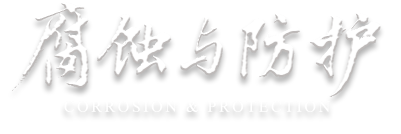Abstract:
A relatively regular and imperceptible black substance was found in the metal structure of the cloisonn é enamel palace lamp during the Qing Dynasty. These substances were corrosion products formed under natural conditions during preservation. X-ray imaging, X-ray fluorescence spectroscopy, Raman spectroscopy and other methods were comprehensive used to analyze the structure, elements and phase of the substance. The results show that the formation of the black substance was closely related to the metal carcass structure, metal welding process, and materials. The metal carcass structure was made by welding multiple components, and the welding processes used were “big welding” and “tin welding”. The main components of black matter are copper oxide, cuprous oxide, lead monoxide, and zinc oxide.

 下载:
下载: